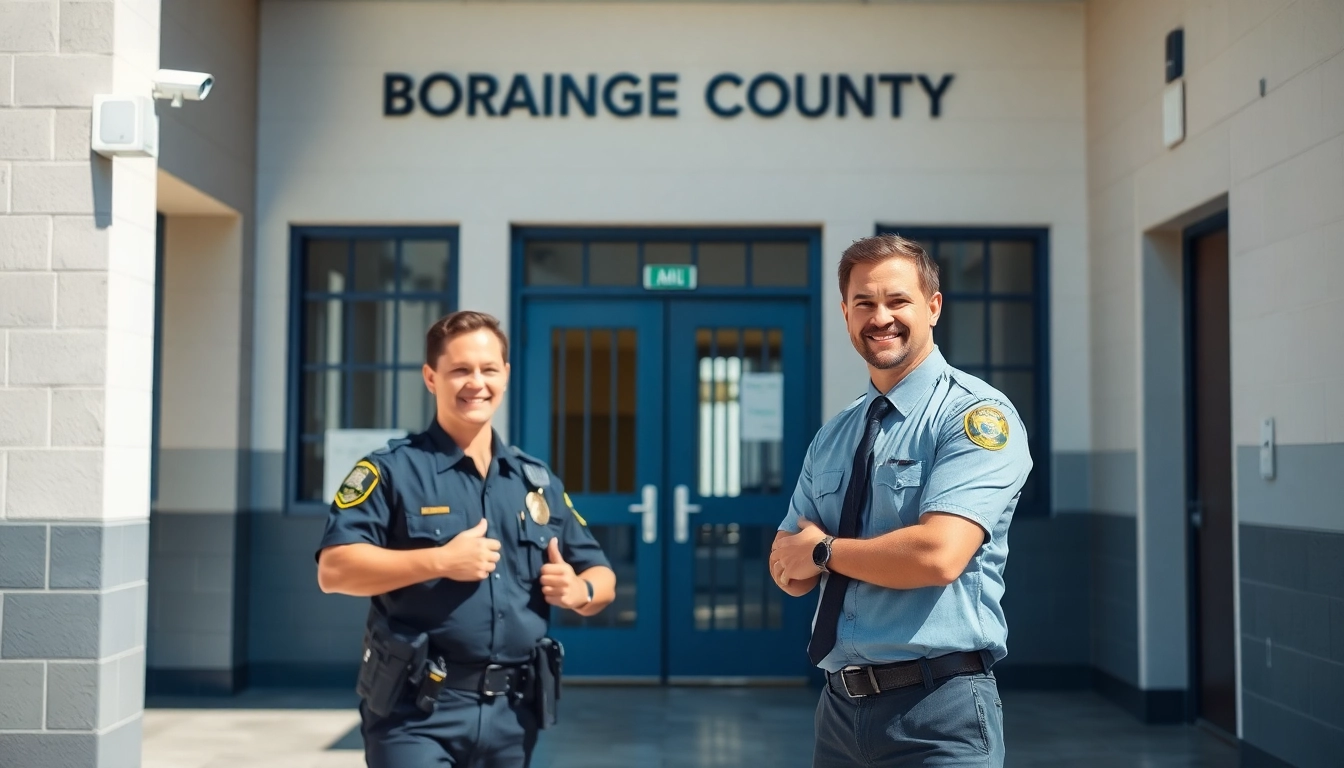
Understanding Mass Tort Marketing
Definition and Key Concepts
Mass tort marketing refers to the promotional efforts directed towards individuals who have been harmed by a specific product, service, or event that has affected a large group of people. Unlike typical personal injury cases, mass torts are launched when multiple parties have similar claims against a single entity, typically due to defective products, pharmaceuticals, or environmental disasters. Cases like these often lead to significant legal proceedings and require specialized marketing strategies to attract potential clients effectively.
At the core of mass tort marketing are a few key concepts: targeted outreach, effective communication, and relationship building. To achieve success in this arena, legal professionals must carefully identify the demographics most affected by a specific tort and develop communication strategies that resonate with them. This process often involves harnessing critical data insights and employing advanced digital marketing techniques.
The Importance of Mass Tort Marketing
Mass tort marketing serves a vital purpose in connecting injured parties with legal representation. When a mass tort arises—such as in cases involving pharmaceutical companies that produce harmful medications—victims may be unaware of their rights and potential claims. Effective marketing ensures that these individuals are informed of their options, facilitating access to justice and accountability.
Moreover, effective mass tort marketing enhances the reputation of law firms. By demonstrating expertise in handling similar cases, firms can build trust and establish credibility. This relationship not only assists in resolving current claims but can also lead to referrals and a more extensive client base in the future.
Differences from Class Action Lawsuits
While both mass torts and class action lawsuits involve multiple claimants, they differ fundamentally in their structure and outcomes. Class actions typically consolidate numerous claims into one lawsuit, with a single representative lead plaintiff representing the interests of all claimants. In contrast, mass torts maintain individual lawsuits for each claimant, allowing for personalized legal representation based on unique circumstances.
This differentiation allows mass tort marketing to target a broader audience. Individuals retain the ability to secure tailored legal counsel, accommodating their specific damages and experiences, which can lead to varying compensation outcomes. In this way, mass torts often attract clients who are looking for a more personalized approach compared to what is typically offered in class action lawsuits.
Identifying Your Target Audience
Demographics and Psychographics
The identification of your target audience in mass tort marketing requires a nuanced understanding of both demographics (age, gender, income level, etc.) and psychographics (values, interests, lifestyle). Each mass tort case involves distinct demographics that could be impacted similarly; for example, victims of a harmful pharmaceutical are likely to span various age groups and health backgrounds.
Psychographics are equally significant as they offer insights into the motivations and concerns of potential clients. Understanding whether the audience is motivated by financial outcomes, health concerns, or a desire for social justice allows marketers to craft messages that resonate powerfully with their sentiments.
Effective Client Outreach Methods
With a well-defined target audience, the next step is implementing effective outreach strategies. Depending on the target demographics, these can include:
- Content Marketing: Develop informative blogs, podcasts, and videos explaining rights and legal processes for potential mass tort claimants.
- Social Media Advertising: Utilize platforms like Facebook, Instagram, and Twitter to run targeted ads aimed at specific demographics.
- Email Campaigns: Create list segments based on demographics and psychographics to offer tailored information.
- Webinars and Online Workshops: Host free sessions to educate the public on mass torts, encouraging them to reach out for legal representation.
Utilizing Data for Audience Insights
The use of data analytics is critical to refining your marketing strategy and effectively identifying your audience. Employ tools such as Google Analytics and social media insights to gather data on user behavior, engagement rates, and demographic information. By analyzing this data, marketers can optimize their campaigns, ensuring they reach the right individuals with the right message at the right time.
Strategies for Successful Mass Tort Campaigns
Building a Comprehensive Marketing Plan
A successful marketing plan for mass torts must integrate various channels and strategies. To build a robust plan, consider the following steps:
- Research: Conduct thorough research on the specific mass tort case, its impacts, and the demographics involved.
- Define Goals: Set clear, measurable goals for your marketing efforts—such as the number of consultations generated or potential clients contacted.
- Channel Selection: Choose the most effective marketing channels based on where your audience engages most.
- Content Strategy: Develop a content calendar that outlines topics, formats, and distribution channels, ensuring you keep the audience informed and engaged.
- Budget Planning: Allocate a budget that aligns with your goals, focusing on high-ROI activities.
Leveraging Digital Marketing Techniques
Digital marketing is an essential component of mass tort campaigns. By leveraging SEO, pay-per-click (PPC) advertising, and social media marketing, law firms can garner online visibility where potential clients are most active. For instance, optimizing your website with the keyword Mass Tort Marketing will help improve search engine rankings. Other important techniques include:
- Search Engine Optimization (SEO): Optimize content for relevant keywords, ensuring it ranks well in search results.
- PPC Advertising: Use PPC campaigns to target specific keywords related to your mass tort cases for quick visibility.
- Social Proof and Reviews: Showcase testimonials and case success stories on your website to bolster your credibility.
Case Studies of Successful Campaigns
Learning from successful case studies provides invaluable insights into effective mass tort marketing. Notable examples include:
- Roundup Cancer Cases: Firms representing patients harmed by Roundup weed killer crafted campaigns highlighting personal stories of affected individuals. This emotional appeal not only connected with potential clients but also educated the public about the dangers of the product.
- Purdue Pharma Opioid Litigation: Marketing efforts in this context utilized a collaborative approach, where multiple law firms branded themselves as collective representatives for individuals seeking justice against Purdue Pharma for opioid-related harms. This cross-promotion helped maximize outreach.
Measuring the Success of Your Marketing Efforts
Key Performance Indicators (KPIs) to Track
To gauge the effectiveness of your mass tort marketing strategies, it’s crucial to identify and monitor Key Performance Indicators (KPIs). Some essential KPIs include:
- Website Traffic: Monitor the overall traffic to your law firm’s website and how it correlates with specific marketing campaigns.
- Conversion Rates: Assess how many visitors are converting into leads (e.g., filling out consultation forms).
- Cost per Acquisition (CPA): Track how much it costs to acquire each new client to evaluate your ROI.
- Engagement Metrics: Analyze likes, shares, comments, and time spent on content to assess audience engagement.
Tools for Analyzing Campaign Performance
Employing the right tools is essential for analyzing the performance of your marketing campaigns. Tools such as Google Analytics, SEMrush, and HubSpot allow marketers to dissect complex data sets, offering insights into how to enhance future campaigns. Additionally, social media analytics provide feedback on engagement levels across various platforms.
Iterating Based on Results
The importance of data-driven iterations cannot be overstated. After analyzing campaign performance, marketers should be willing to pivot strategies based on what the results indicate. If certain outreach methods yield better conversion rates, efforts should be focused on optimizing these channels. Continuously testing different aspects—from ad copy to target demographics—ensures that your mass tort marketing remains effective and relevant over time.
Best Practices for Mass Tort Marketing
Ethics in Mass Tort Marketing
Adherence to ethical standards in mass tort marketing is crucial. Clients’ emotional states during these times often require sensitivity in communication. Legal professionals must ensure that their marketing does not exploit victims’ suffering and is truthful about the potential outcomes. Transparency about fees and legal processes is also necessary to establish trust.
Establishing Brand Credibility
Establishing credibility is essential for law firms in mass tort marketing. Firms can enhance their reputation through consistent branding, showcasing successful cases, sharing client testimonials, and participating in community events. Building relationships within the community reinforces trust and positions the firm as an authority in mass tort law.
Continuous Improvement and Adaptation
Finally, it is imperative for legal firms to commit to continuous improvement in their marketing efforts. The landscape of mass torts evolves with changing laws, public perceptions, and client needs. Keeping abreast of industry trends and being willing to adapt marketing strategies accordingly can provide a significant competitive advantage. Consistent training for marketing teams and soliciting feedback from clients about their experiences can drive this process of enhancement.







